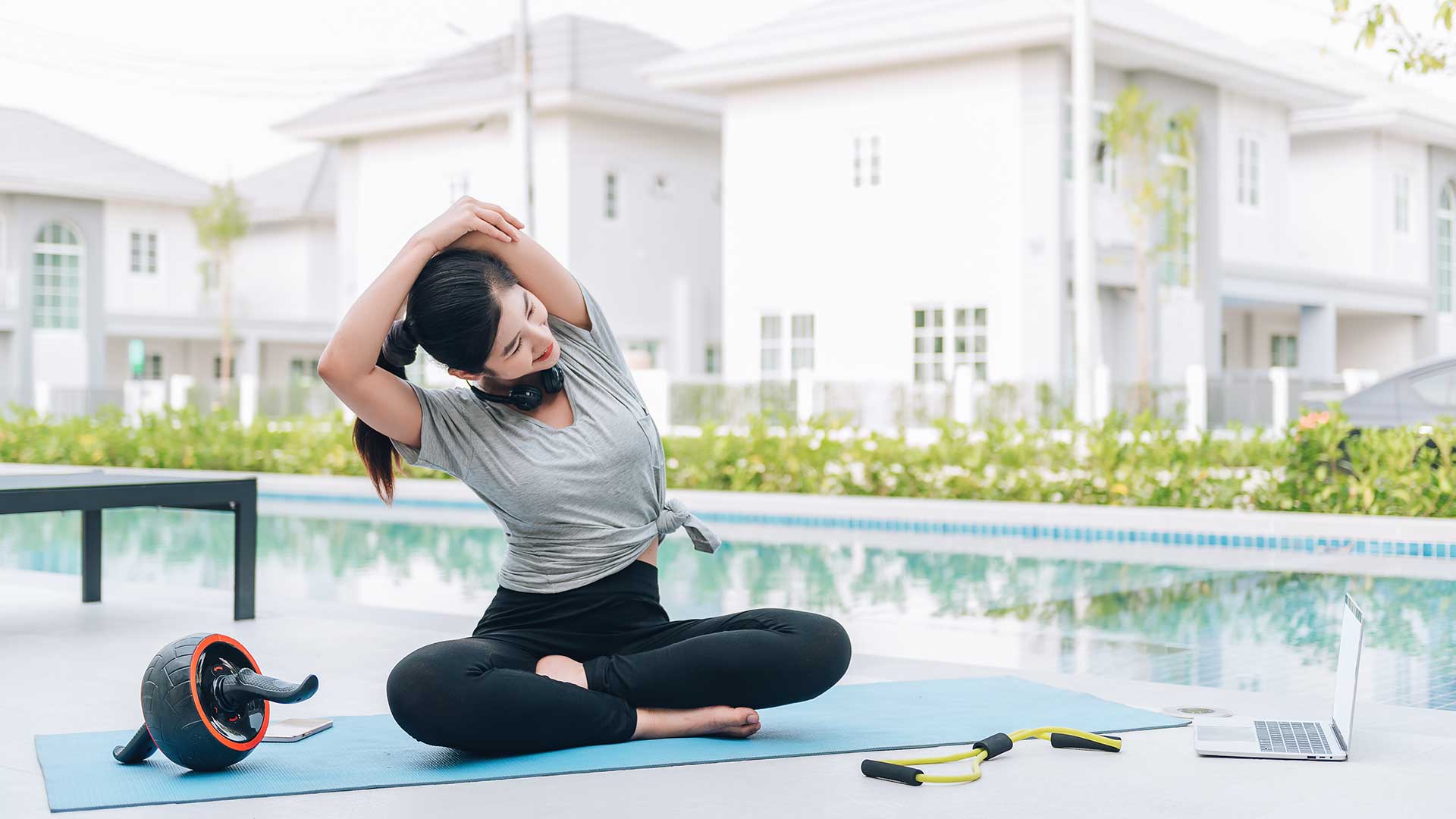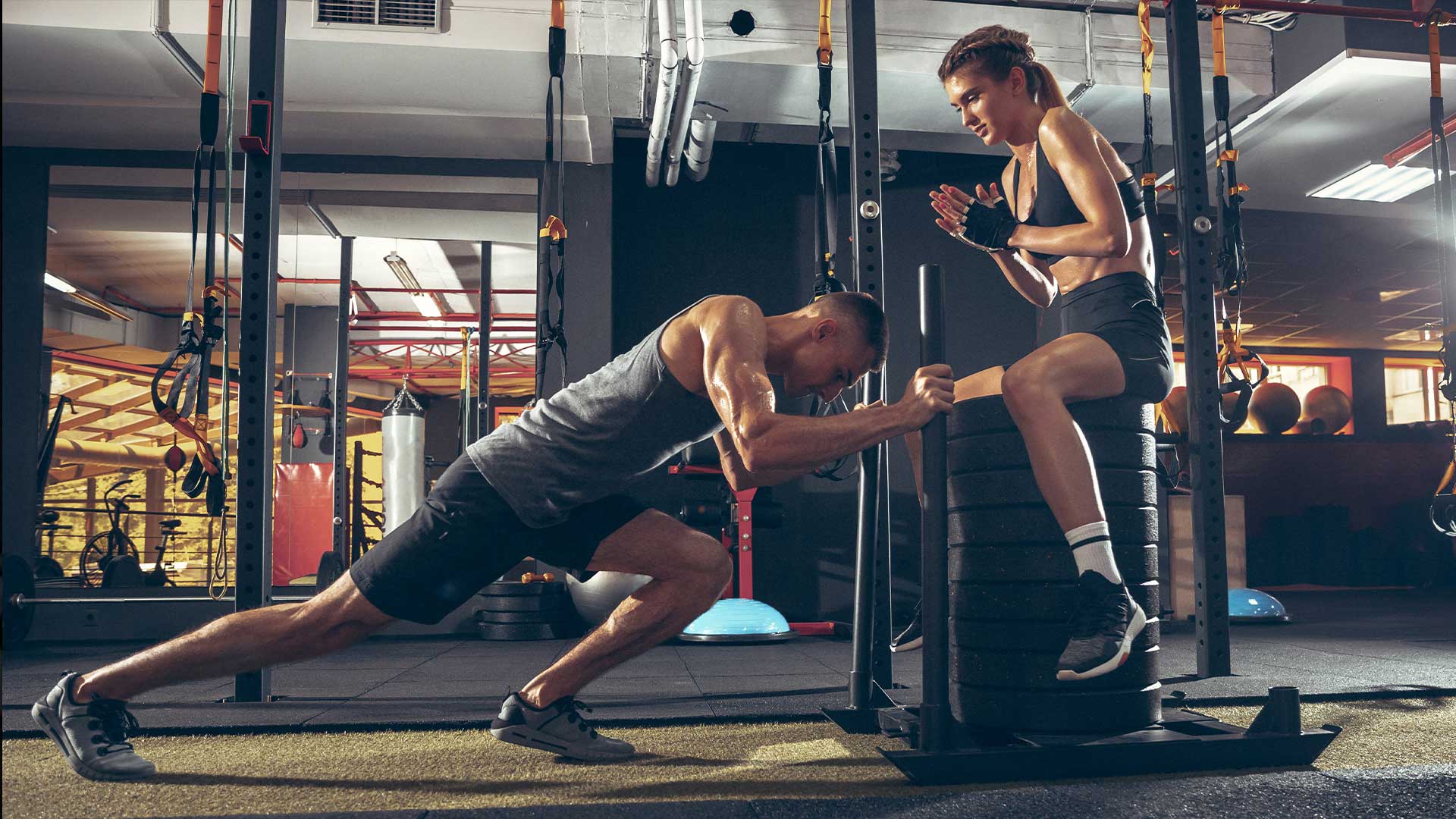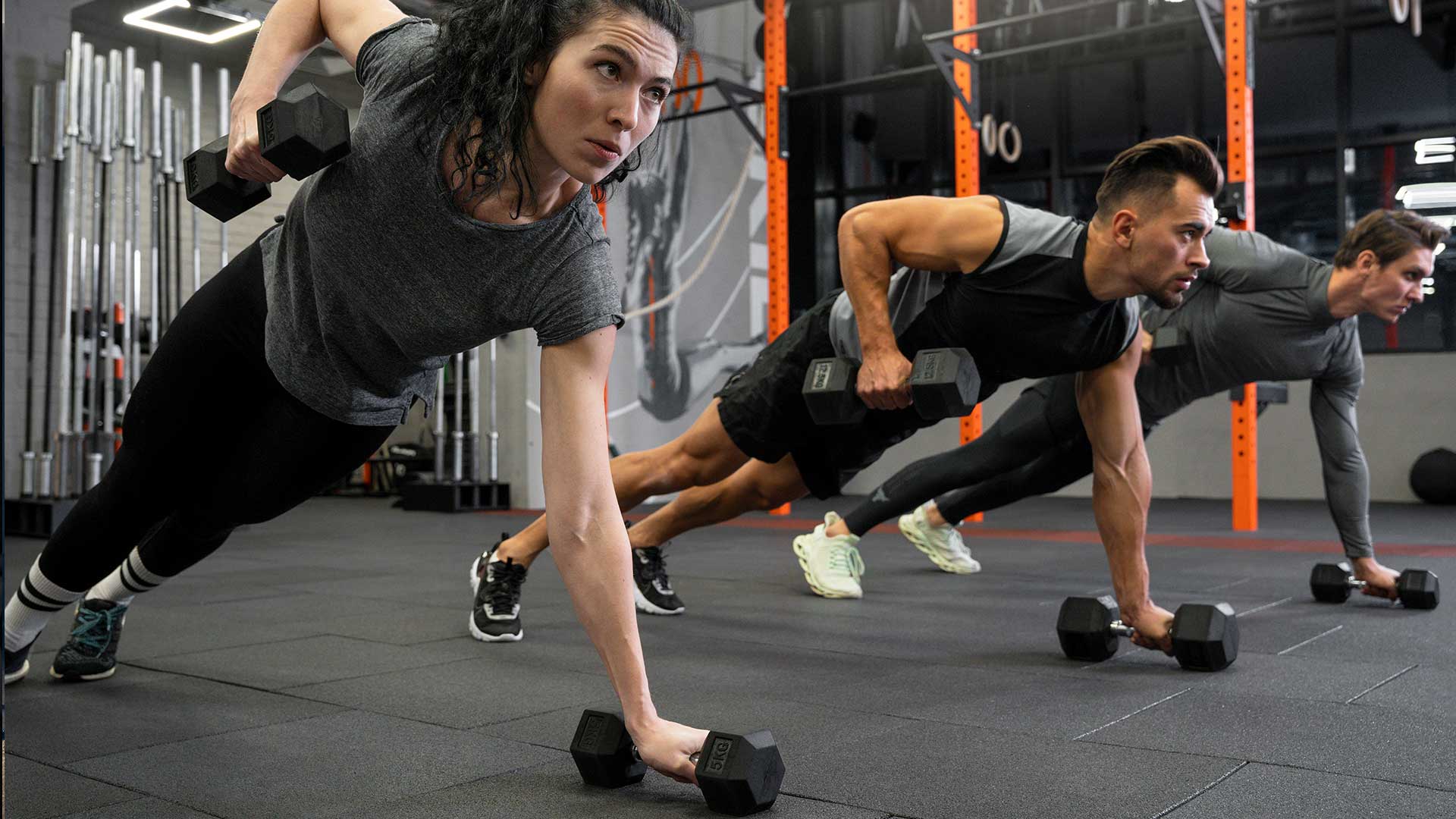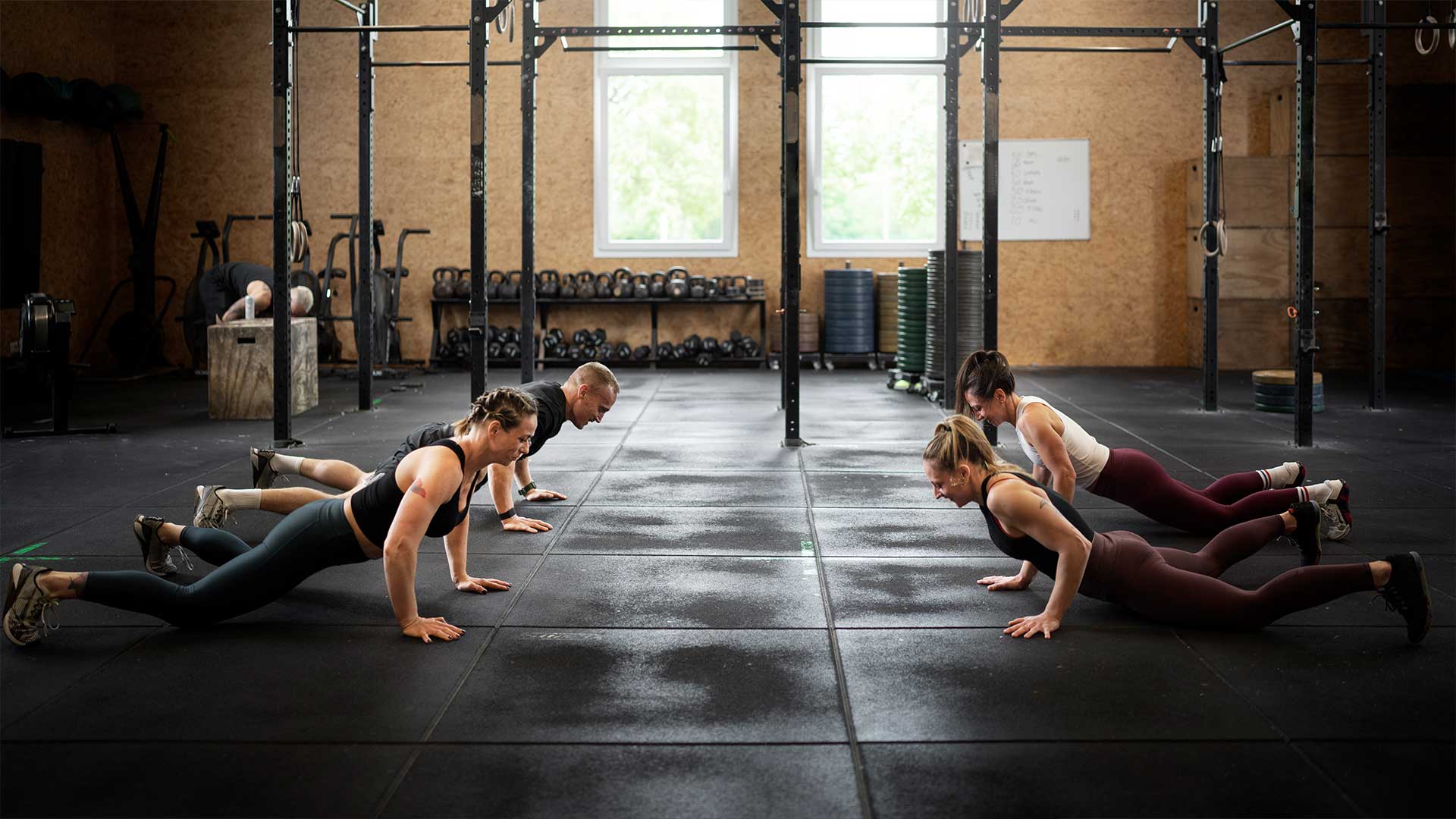The Importance of Bridge Exercises for Fitness
Bridge exercises are an important part of any fitness routine, providing a full-body workout that strengthens and tones the lower body while improving balance, flexibility, and posture. These exercises are ideal for those seeking to target the glutes, abs, and hamstrings, as well as improve core stability. In this article, we will explore the science behind bridge exercises, the different types of bridge exercises, the benefits of bridge exercises for fitness, tips for incorporating them into your fitness routine, and common mistakes to avoid when performing them.

Whether you are a beginner or an experienced fitness enthusiast, bridge exercises can help you achieve your fitness goals. With variations that can be done at home or in the gym with little equipment, there is no excuse not to include them in your routine. So, let’s dive into the world of bridge exercises and discover how they can help you improve your fitness.
The Science Behind Bridge Exercises
Bridge exercises are an effective way to target specific muscle groups and improve overall fitness. Understanding the science behind bridge exercises can help you perform them more effectively and achieve better results.
Muscle Groups Targeted by Bridge Exercises
According to Verywellfit, the bridge exercise primarily targets the glutes, abs, and hamstrings. When performed correctly, these muscles work together to stabilize the core while lifting the hips off the ground. The glutes are the main muscles targeted during the bridge exercise, providing a great way to strengthen them and improve their function. Additionally, the abs and hamstrings work to support the movement and improve overall core stability.
Benefits of Strengthening Targeted Muscles
Strengthening the targeted muscles can provide a range of benefits, including:
- Improved athletic performance
- Better balance and stability
- Increased flexibility
- Reduced risk of injury
- Enhanced posture
- Greater core strength
Stylecraze claims that regularly doing these exercises improves athletic conditioning and stabilizes the lumbar region.
Scientific Studies and Research Supporting the Effectiveness of Bridge Exercises
Numerous scientific studies have been conducted to assess the effectiveness of bridge exercises. According to Healthline, one study found that bridge exercises are a safe and effective way to strengthen the glutes, while another study found that they can improve balance and stability. Additionally, Sweat notes that research has shown that bridge exercises can help to reduce the risk of injury by strengthening the muscles that support the hips and lower back.
Overall, the science behind bridge exercises suggests that they are a valuable addition to any fitness routine. By targeting specific muscle groups and providing a range of benefits, bridge exercises can help you achieve your fitness goals and improve your overall health.
Different Types of Bridge Exercises
Bridge exercises come in different types, each targeting specific muscle groups and providing unique benefits. Here are some of the most popular bridge exercises:
Basic Bridge Exercise
The basic bridge exercise is a beginner-level strength training exercise that targets the glutes, abs, and hamstrings while enhancing core stability. According to Verywellfit, it is performed by lying on your back with your knees bent and feet flat on the floor. Then, lift your hips off the ground while squeezing your glutes and keeping your abs engaged. Hold for a few seconds before lowering your hips back to the ground.
Glute Bridge Exercise
The glute bridge exercise is a low-impact way to improve lower body strength, activate glutes, and increase core stability. According to Sweat, it is similar to the basic bridge exercise, but with a focus on the glutes. To perform the glute bridge exercise, lie on your back with your knees bent, feet flat on the floor, and arms by your side. Lift your hips off the ground while squeezing your glutes, then slowly lower your hips back down to the ground.
Single-Leg Glute Bridge Exercise
The single-leg glute bridge exercise is a more challenging variation of the glute bridge exercise that targets one leg at a time. According to Healthline, it is performed by lifting one leg off the ground while keeping the other leg on the ground, then lifting the hips off the ground and squeezing the glutes. Hold for a few seconds before lowering the hips and switching legs.
Bridge with Leg Extension Exercise
The bridge with leg extension exercise is a more advanced variation of the basic bridge exercise that targets the glutes and hamstrings. According to Verywellfit, it is performed by lifting one leg off the ground while keeping the other leg on the ground, then lifting the hips off the ground and extending the lifted leg straight out. Hold for a few seconds before lowering the hips and switching legs.
Hip Thrust Exercise
The hip thrust exercise is a popular variation of the bridge exercise that targets the glutes and hamstrings. The hip thrust exercise is performed by sitting on the ground with your back against a bench or step, feet flat on the ground, and knees bent. Place a weight across your hips and lift your hips off the ground, squeezing your glutes at the top of the movement.
Side-Lying Hip Abduction Exercise
The side-lying hip abduction exercise is a variation of the bridge exercise that targets the hip abductor muscles. According to Healthline, it is performed by lying on your side with your legs stacked on top of each other. Lift the top leg as high as you can while keeping your hips and lower leg on the ground. Lower the leg back down and repeat for several reps before switching sides.
By incorporating these different types of bridge exercises into your fitness routine, you can target specific muscle groups and achieve your fitness goals more effectively.
Tips for Performing Bridge Exercises Safely and Effectively
While bridge exercises can provide a range of benefits, it’s important to perform them safely and effectively to avoid injury and achieve optimal results. Here are some tips for performing bridge exercises:
Warm-Up Before Performing Bridge Exercises
Before performing bridge exercises, it’s important to warm up to prepare your muscles and joints for the movements. According to Verywellfit, a dynamic warm-up that includes movements like leg swings, hip circles, and walking lunges can help to activate the targeted muscles and improve overall mobility.
Maintain Proper Form
Maintaining proper form is crucial when performing bridge exercises to avoid injury and achieve optimal results. According to Sweat, to maintain proper form, keep your feet hip-width apart, engage your abs, and squeeze your glutes as you lift your hips off the ground. Avoid arching your lower back or using momentum to lift your hips.
Start with Basic Bridge Exercise
If you’re new to bridge exercises, it’s important to start with the basic bridge exercise and gradually increase the difficulty level as you become more comfortable with the movements. According to Verywellfit, starting with the basic bridge exercise can help you to develop proper form and build the strength needed to perform more challenging variations.
Breathe Properly
Breathing properly during bridge exercises can help you to maintain proper form and achieve optimal results. According to Stylecraze, exhale as you lift your hips off the ground and inhale as you lower them back down.
Add Variety to Your Routine
Adding variety to your bridge exercise routine can help you to engage different muscle groups and prevent boredom. According to Healthline, there are several variations of the bridge exercise that can target different muscle groups, such as the single-leg glute bridge and the bridge with leg extension.
Consult with a Professional
If you’re new to bridge exercises or have a history of injury, it’s important to consult with a fitness professional or physical therapist before performing them. They can help you to develop a safe and effective exercise routine that meets your fitness goals and individual needs.
By following these tips, you can perform bridge exercises safely and effectively and achieve optimal results.
How to Incorporate Bridge Exercises into Your Fitness Routine
Incorporating bridge exercises into your fitness routine is easy and can provide a range of benefits. Here are some tips for incorporating bridge exercises into your routine:
Determine Your Fitness Goals
Before incorporating bridge exercises into your fitness routine, it’s important to determine your fitness goals. Are you looking to strengthen your glutes, improve your posture, or reduce your risk of injury? Understanding your fitness goals can help you to choose the right types of bridge exercises and develop an exercise routine that meets your individual needs.
Choose the Right Types of Bridge Exercises
As discussed in section 3, there are several types of bridge exercises that target different muscle groups and provide unique benefits. Choosing the right types of bridge exercises can help you to achieve your fitness goals more effectively. For example, if you’re looking to strengthen your glutes, the glute bridge exercise or the single-leg glute bridge exercise may be the best choice for you.
Determine the Frequency and Duration
Once you’ve chosen the right types of bridge exercises, it’s important to determine the frequency and duration of your exercise routine. According to Healthline, performing bridge exercises 2-3 times per week can be effective for improving strength and stability. Additionally, performing 2-3 sets of 10-15 reps per exercise can be effective for achieving optimal results.
Incorporate Bridge Exercises into Your Warm-Up or Cool-Down
Incorporating bridge exercises into your warm-up or cool-down can be an effective way to prepare your muscles and joints for exercise or promote recovery after exercise. According to Sweat, performing bridge exercises at the beginning or end of your workout can help to activate your glutes and improve your overall mobility.
Combine Bridge Exercises with Other Exercises
Combining bridge exercises with other exercises can help you to achieve your fitness goals more effectively and engage different muscle groups. For example, combining the glute bridge exercise with squats or lunges can provide a full-body workout that targets multiple muscle groups.
By following these tips, you can easily incorporate bridge exercises into your fitness routine and achieve your fitness goals more effectively.
Equipment Needed for Bridge Exercises
One of the great things about bridge exercises is that they can be done with little to no equipment. Here are some equipment options that can be used to perform bridge exercises:
Yoga Mat
A yoga mat is a useful piece of equipment that can provide cushioning and support when performing bridge exercises on a hard surface. According to Verywellfit, a yoga mat can also provide additional grip and prevent slipping during the movements.
Resistance Bands
Resistance bands can be a useful piece of equipment to add resistance and intensity to your bridge exercises. According to Sweat, placing a resistance band around your thighs or above your knees during the movements can provide additional resistance and target different muscle groups.
Dumbbells or Kettlebells
Dumbbells or kettlebells can be used to add weight and resistance to your bridge exercises, making them more challenging and effective at building strength. According to Stylecraze, holding a dumbbell or kettlebell on your hips during the movements can provide additional weight and resistance.
Bench or Step
A bench or step can be a useful piece of equipment to add variety to your bridge exercises and target different muscle groups. According to Sweat, placing your feet on a bench or step during the movements can increase the range of motion and target the hamstrings and glutes more effectively.
Foam Roller
A foam roller can be a useful piece of equipment to use during your warm-up or cool-down when performing bridge exercises. According to Verywellfit, using a foam roller to roll out the muscles before or after the movements can help to increase mobility and reduce muscle soreness.
By using these equipment options, you can add variety and intensity to your bridge exercises and achieve your fitness goals more effectively.
Start Incorporating Bridge Exercises into Your Fitness Routine Today!
Bridge exercises are a simple and effective way to improve your fitness and achieve your fitness goals. By following the tips and guidelines outlined in this article, you can safely and effectively perform bridge exercises and incorporate them into your fitness routine. Remember to:
- Warm up before performing bridge exercises
- Maintain proper form
- Start with basic bridge exercises
- Breathe properly
- Add variety to your routine
- Consult with a professional if needed
- Determine your fitness goals
- Choose the right types of bridge exercises
- Determine the frequency and duration
- Incorporate bridge exercises into your warm-up or cool-down
- Combine bridge exercises with other exercises
- Use equipment options to add variety and intensity
At Strong workouts, we’re committed to providing high-quality content that helps you achieve your fitness goals. Be sure to check out our other articles for more fitness tips and advice. Start incorporating bridge exercises into your fitness routine today and take your fitness to the next level!
Q & A
Who can benefit from bridge exercises?
Anyone looking to improve their lower body strength, posture, and mobility can benefit from bridge exercises.
What are the best types of bridge exercises for beginners?
Basic bridge exercises like the glute bridge and the single-leg glute bridge are best for beginners.
How often should I perform bridge exercises?
Performing bridge exercises 2-3 times per week for 2-3 sets of 10-15 reps per exercise can be effective.
What if I don’t have any equipment for bridge exercises?
Bridge exercises can be done with little to no equipment, making them a great option for at-home workouts.
How can I add intensity to my bridge exercises?
Adding resistance bands, dumbbells, or kettlebells can add intensity and challenge to your bridge exercises.
What if I have back pain or injuries?
Consult with a professional before performing bridge exercises if you have back pain or injuries to ensure safety and proper form.







